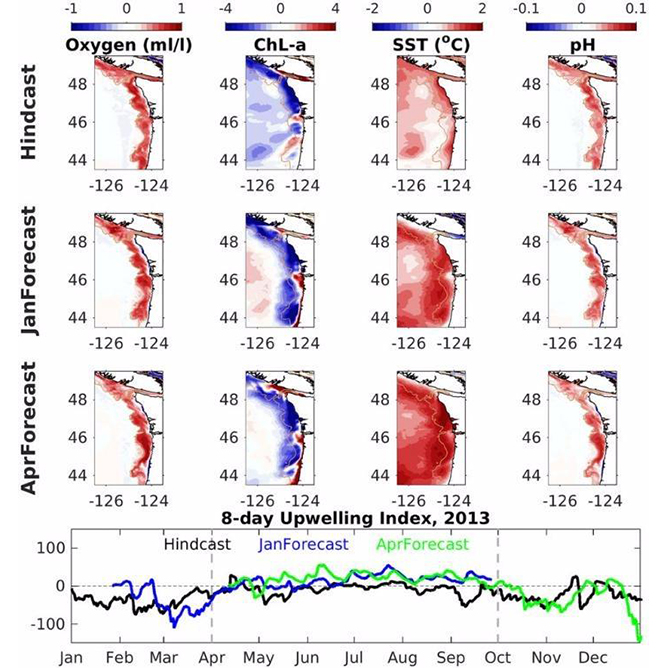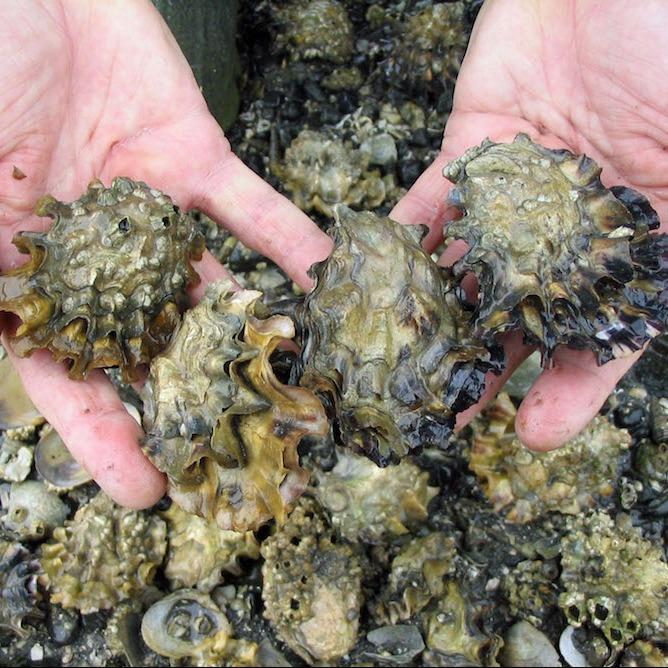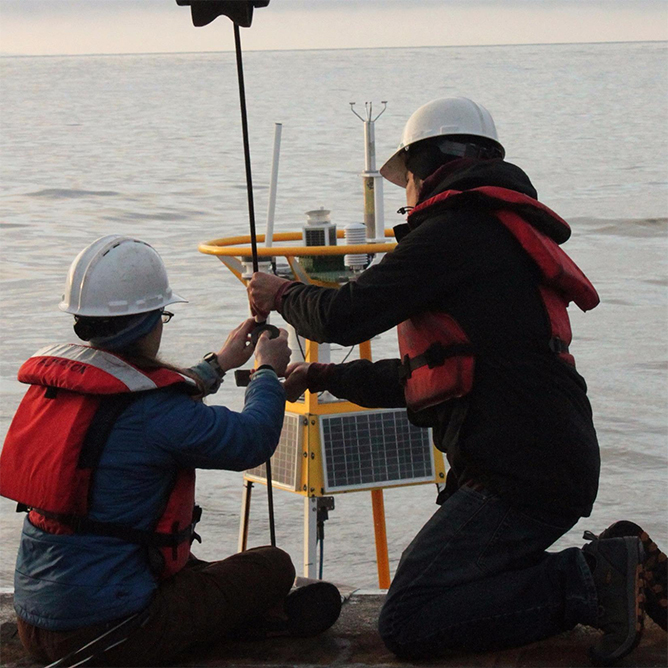Richard Feely, NOAA Pacific Marine Environmental Laboratory
This project contributes to the NOAA objective to provide accurate and reliable data from sustained and integrated earth observing systems through research, development, deployment, and operation of systems to collect detailed carbonate chemistry measurements as a part of a hydrographic research cruises along the west coast. The NOAA Ocean Acidification Monitoring Program along North American coastlines (Atlantic, Pacific, Gulf, and Alaskan) and in the global open ocean will focus on mapping and monitoring the distribution of key indicators of ocean acidification including carbon dioxide, pH, and carbonate mineral saturation states. The overarching goal of the program is to determine the trends in ocean acidification (OA) and to provide concrete information that can be used to address acidification issues. The detailed hydrographic research cruises that are planned to be conducted every four years along our coasts are essential for providing high-quality intercalibration data across the full suite of OA observing assets in coastal waters, including well-proven technologies such as the MAPCO2 moored CO2 system and underway pCO2 systems on ships-of-opportunity as well as developing technologies such as wave gliders and sensors for additional carbon parameters.


